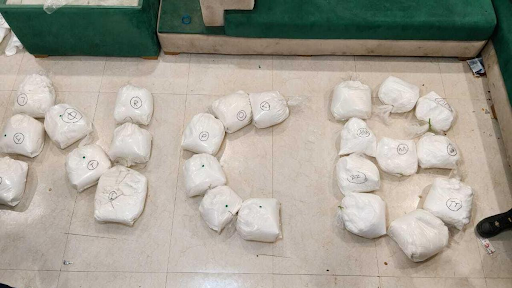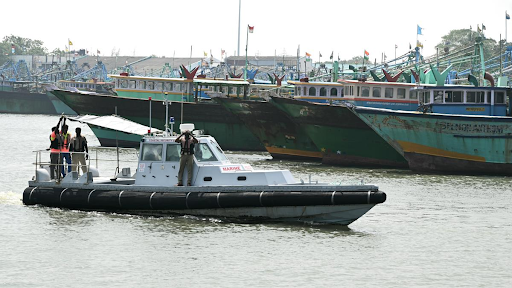



New research in “ACS Environmental Science & Technology” shows that microplastics are being carried to the deep sea by turbidity currents via underwater canyons, even in places that don't get their water supply from rivers (like Whittard Canyon off Ireland).
Water rapidly flowing downslope with a high concentration of sediments increases its density; this phenomenon is known as a turbidity current.
Just like underwater avalanches, these are set off by:
|
Density and Transparency |
As turbidity increases, water becomes denser and less transparent. |
|
Erosional Action |
These flows erode the seafloor, forming and enlarging submarine canyons. |
|
Sediment Deposition |
Sediment is deposited in graded layers – coarser particles settle first, followed by finer ones. |
|
Geological Role |
They contribute to deep-sea sedimentation and shape oceanic topography. |
|
Factor |
Description |
|
Hyperpycnal Plume |
Occurs when river water, heavily loaded with sediment, becomes denser than seawater, forming a downward-flowing plume. However, actual sediment concentrations needed are much higher than typical river input. |
|
Sedimentation in Reservoirs |
Turbidity currents transport sediment into narrow mountain reservoirs, accumulating near dams and potentially affecting inflow/outflow. Can be controlled using solid/permeable barriers. |
|
Underwater Earthquakes |
Seafloor tectonic activity can fluidize sediments, triggering turbidity currents. Such events are major causes of sediment deposition, especially in favorable physiographic conditions. |
|
Canyon-Flushing |
Canyons may experience self-sustaining turbidity currents due to previously introduced sediment from littoral drift storms or smaller currents. |
|
Slumping |
Excess sediment on continental shelves may slump and slide due to overloading, generating turbidity currents with a downward movement. |
|
Convective Sedimentation |
Dense, sediment-laden river plumes cause buoyancy-driven currents beneath the plume, initiating secondary turbidity currents along the ocean floor. |
|
Practice Questions: Discuss the role of turbidity currents in shaping submarine canyons and their significance in marine sedimentation. (150 words) |





© 2025 iasgyan. All right reserved